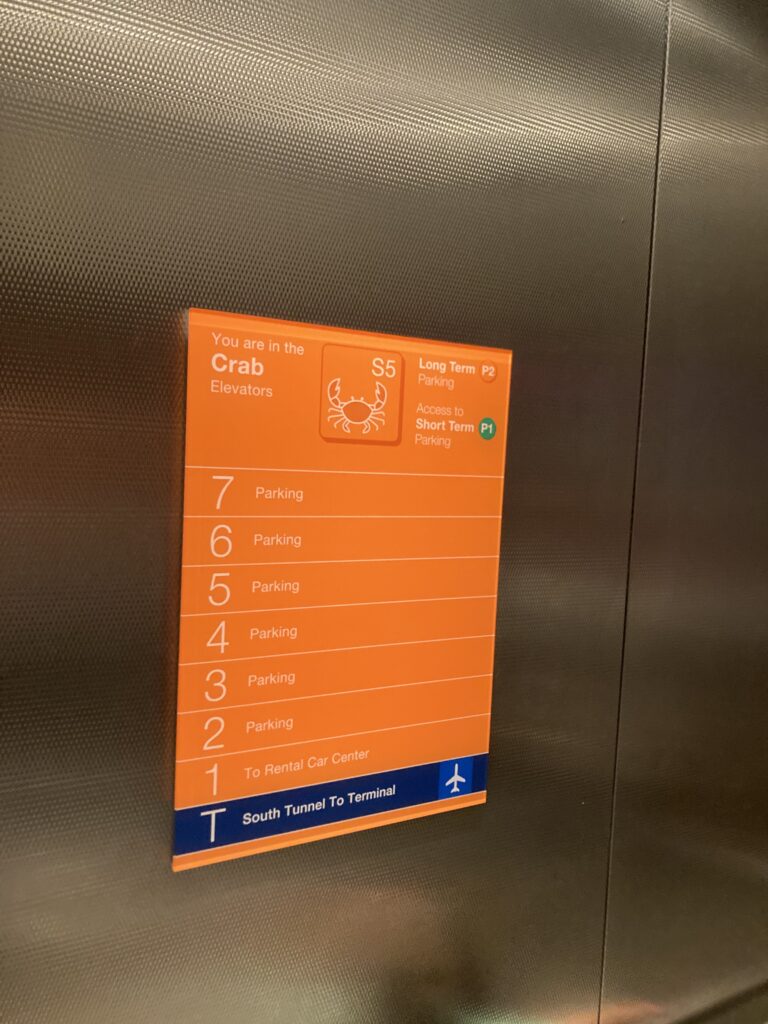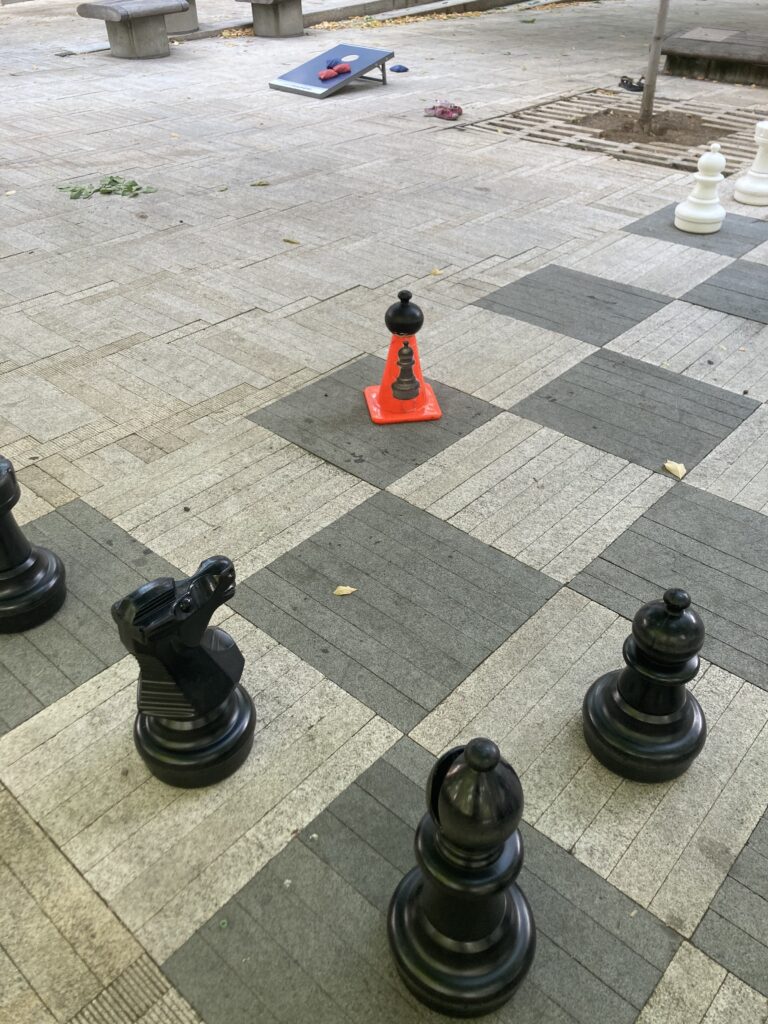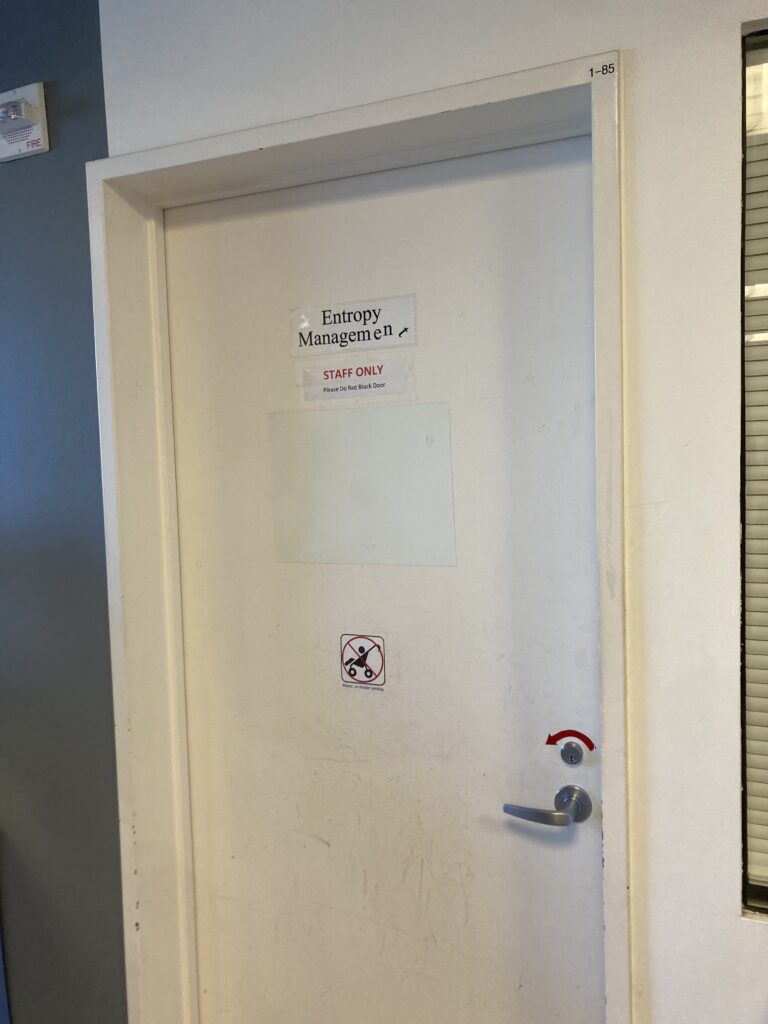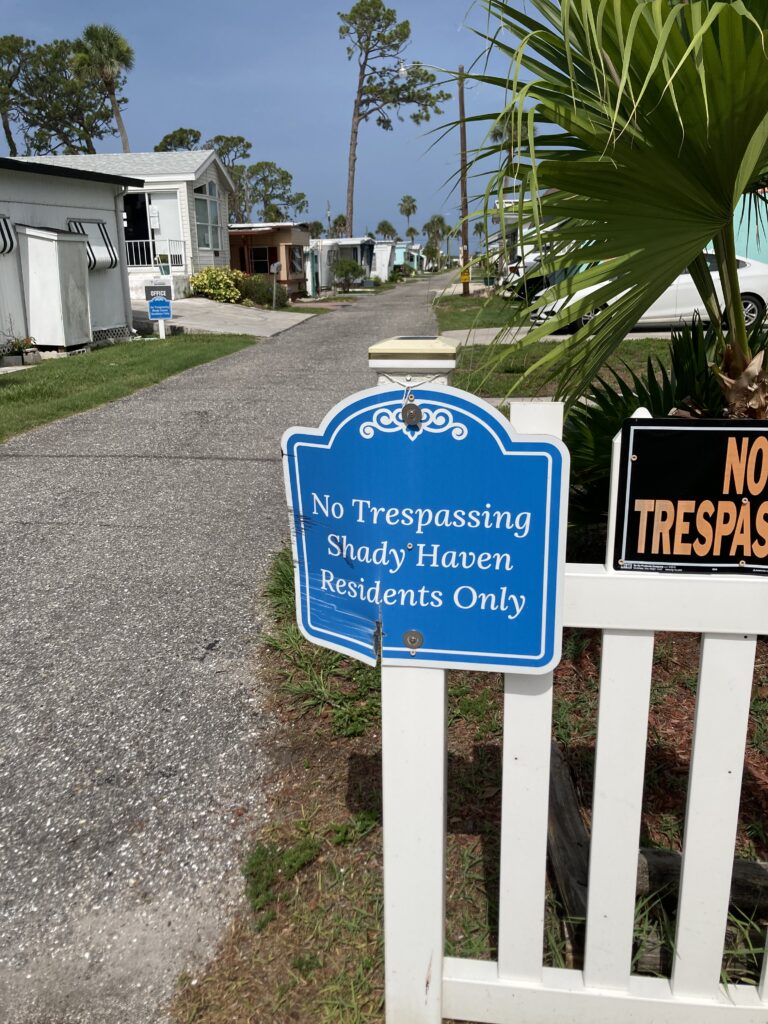‘Jim’s Lightly Used Mannequin Outlet’ is a business that suffers for the specificity with which it describes its wares. I noticed it right away in a sign at the front that claims ‘NONE OF OUR MANNEQUINS HAVE BEEN USED FOR SEXUAL PURPOSES (verified to the best of our ability)’ and if that fine print wasn’t quite enough, a second hastily scrawled sign attached indicates ‘All fringe cases have been marked.’
I notice this tendency to overshare again in the follow-up signs inside. One example: ‘This mannequin was acquired from an independent lingerie vendor and contains wear marks on the crotch that are in line with consistent dressing/undressing but also there is a stain. Further discounted -15%.’
“Hey!” Someone, maybe Jim, is watching me from across the aisle.
I look behind me in case I’m mistaken but see only the collected and lifeless crowd of the mannequins. “Yeah?”
“No loitering near the sex figures.”
“I was just reading the tag.”
Jim stares me down so I move on.
‘If you visit ‘Jim’s Lightly Used Mannequin Outlet’ you may remark that Jim doesn’t seem particularly keen to actually sell anything- that his hostility indicates a reluctance to part with any of the many, many female forms that gather in this, one of the countries dark corners. You would not be the first to think this.
Public records suggest he has tried many times to have the store legally transformed into a church and has been rejected because he is unwilling or unable to describe exactly the sort of worship he plans to conduct. Not unlike the subjects of his mania, the shape is there, but the details are scant.’
Jim tries to fool me several times by dressing in a beige zentai suit and posing as a mannequin himself. He is not model-shaped, however, and I begin to suspect he likes being caught. Maybe he wants me to accuse him of something so that he can angrily throw me out. I try my best to ignore the whole situation and feign interest in purchasing several highly priced models, but this only fuels a sort of hysteria that I sense building in the man.
He tries to convince me to buy from a cart of miscellaneous limbs and panics when I pull one from the bottom, insisting it isn’t supposed to be included among the sale items and that it may have been ‘contaminated by the touch of a man.’ Over the next half hour, he convinces himself that I was the man that contaminated it, most likely, and I’m back to claim ‘my prize’ in front of him.
I’ve run from dangerous places and I’ve been chased out, but ‘Jim’s’ stands as the only Wayside destination where I’ve been asked to leave.
-traveler





